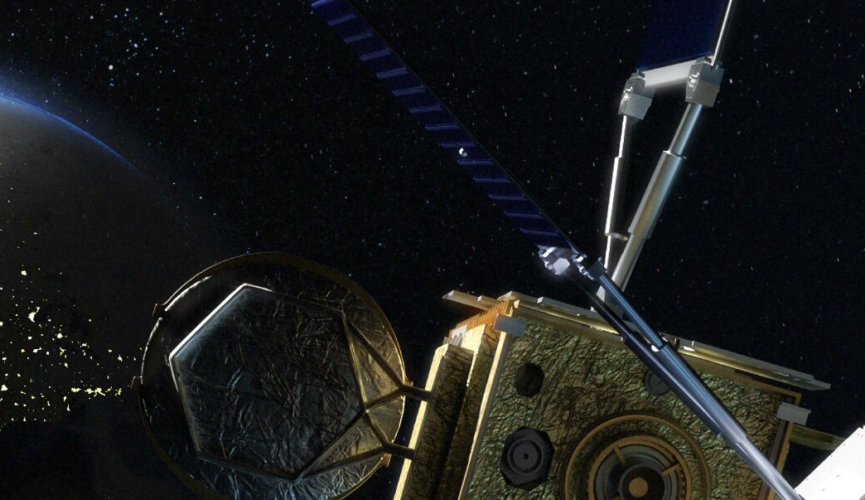There are a few ways that the internet works. One way is through physical infrastructure, which includes things like fiber optic cables and cell towers. This physical infrastructure transmits data between devices. Another way the internet works is through virtual infrastructure, which includes things like servers and protocols. This virtual infrastructure helps to route traffic and keep data secure. Finally, the internet works because of the people who use it. Without users, there would be no data to transmit or routes to follow.
The specific way that wifi works is by using radio waves to transmit data. Radio waves are a type of electromagnetic radiation, which means they travel through the air at the speed of light. When these waves hit an object, they cause it to vibrate. Wifi works by sending out these radio waves and having them bounce off of objects in the environment. When the waves hit a wifi-enabled device, they cause it to vibrate in a specific way. This vibration is then converted into a digital signal that can be decoded by the device.
Wifi works in this way because it takes advantage of the fact that radio waves are able to penetrate walls and other obstacles. This means that wifi signals can reach devices that are not in direct line of sight of the router. However, this also means that there can be interference from other objects in the environment, which can cause the signal to be weaker or completely lost.
Satellites work in a similar way to wifi, except that they use much higher frequency radio waves. These waves are able to penetrate the atmosphere and bounce off of objects in space. This allows satellites to receive signals from devices on the ground, even when those devices are not in direct line of sight of the satellite.
The high frequency radio waves used by satellites can also travel much further than the low frequency waves used by wifi. This means that satellites can communicate with devices on the ground from much further away. In fact, satellites in geostationary orbit can communicate with devices anywhere on the planet.
There are a few different ways that satellites can receive signals from devices on the ground. One way is through a process called line of sight. This is where the satellite is in direct line of sight of the device on the ground. The signals are then sent directly to the satellite.
Another way satellites can receive signals is by using reflectors. Reflectors are large mirrors that reflect the signal back to the satellite. This means that the satellite does not need to be in line of sight of the device on the ground.
The last way satellites can receive signals is by using repeaters. Repeaters are devices that amplify the signal and then send it back to the satellite. This means that satellites can receive signals from devices that are further away than if they were just using reflectors.
Repeaters can also be used to extend the range of a satellite system.
Satellites can also send signals back to phones on the ground. The most common way satellites do this is by using a geostationary orbit. This is where the satellite orbits at the same speed as the Earth rotates. This means that the satellite appears to be in the same place in the sky all the time.
Geostationary satellites are often used for things like TV and radio broadcasting. They can also be used for phone calls. Calls made using satellites can sometimes sound a bit different to normal phone calls because of the delay caused by the distance the signal has to travel.
Some satellites are in what’s called a low Earth orbit. This means they orbit much closer to the Earth than geostationary satellites. These satellites can be used for things like GPS. They can also be used for phone calls, but the signal can sometimes be interrupted because of the way they orbit.
Satellites are an important part of how phones work. They provide coverage in areas where there is no other way to make a call. They also help to improve the quality of calls in areas with poor reception.
All these things allow businesses and people to use the internet for marketing, advertising, entertainment, and much more.
